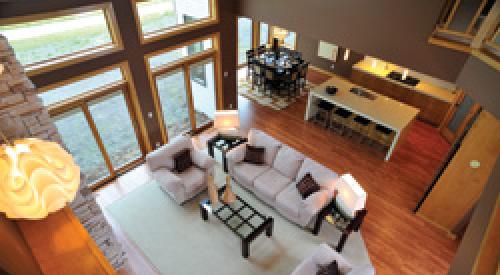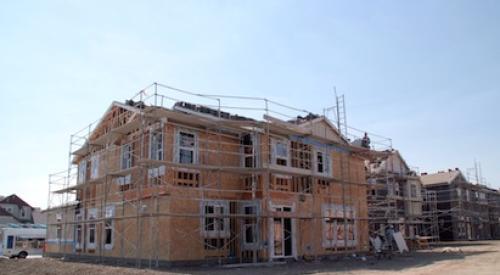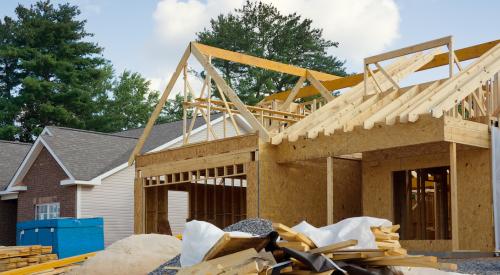Ask any builder to define his or her company's unique selling proposition and among the top five answers will be, "We build a quality house." It's easy to quibble with whether delivering a quality house qualifies as unique, however, the question that must be asked of builders claiming this position is, "Do you get paid for the quality you build into your homes and deliver to your buyers?" My sense: not every quality builder knows the answer to that question.
Determining the value of a home — what buyers will pay — requires as much art as science. The art of pricing starts with figuring out who the likely customer will be, understanding what features and benefits that buyer will pay to have and finally, analyzing the competitive landscape. The science of pricing includes additional information — the costs of construction, land/lot prices, sales costs, anticipated warranty expenses, regulatory fees and finally, the desired margin. Add these two sets of figures together — as well as all the costs not named above — and the selling price is set. Right? Not always. What happens when that math all adds up but the market doesn't?
Orlando builder Bill Orosz of Cambridge Homes faced just such a situation, building a home that was over-specified at the entry-level price point where the company tried to compete. Analyzing the numbers in the context of what Cambridge wanted to do — deliver a high quality product — pushed the company into a new quintile. Orosz made the choice to move up in the market rather than reduce the spec level in his homes.
Learning to price quality in a way that delivers value to both the buyer and the builder changed the short- and long-term fortunes for Cambridge Homes. Sales dollars increased, unit volume increased and the percentage of job profit increased. The learning delivered the result that should be every quality builder's goal.










